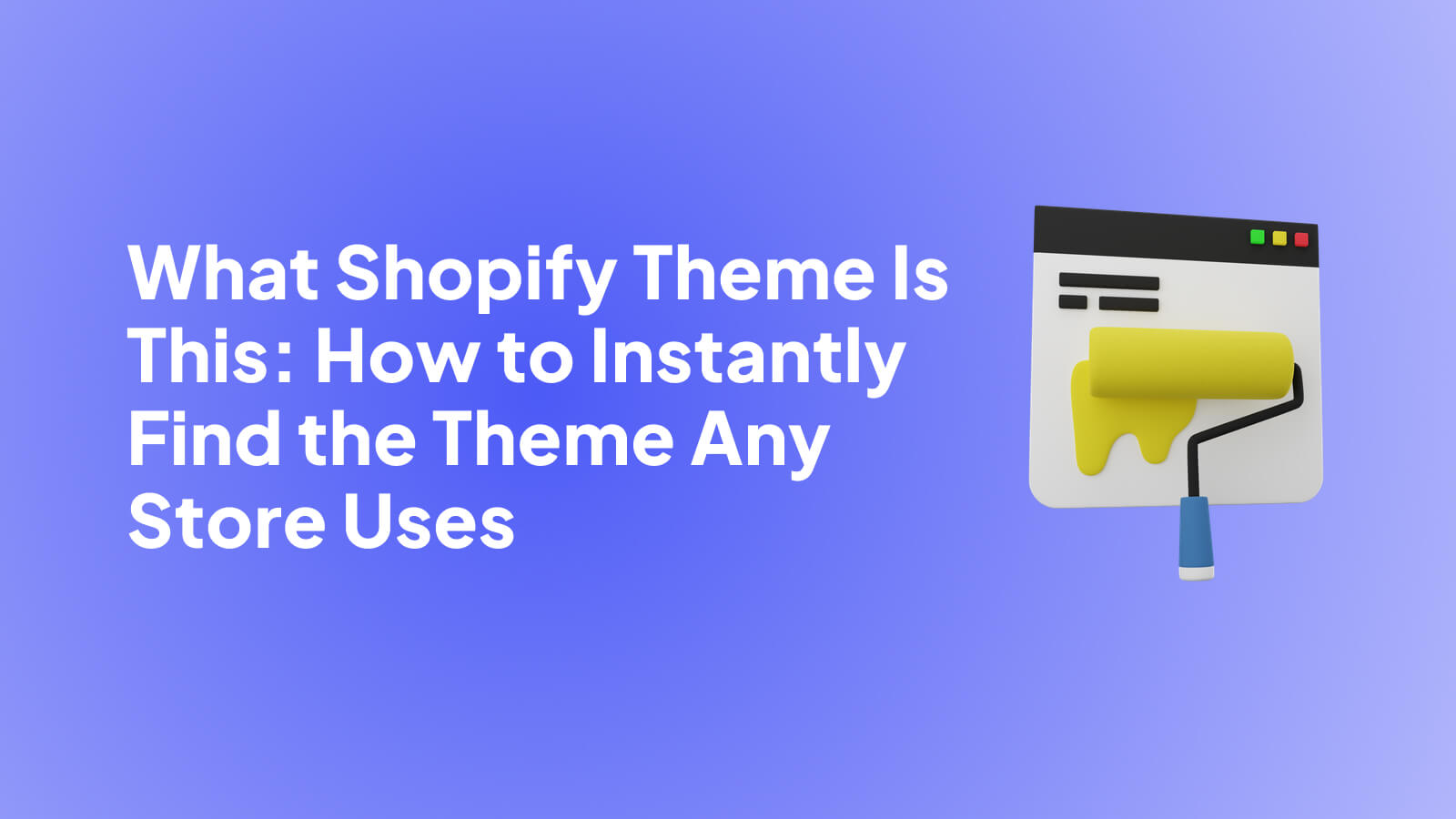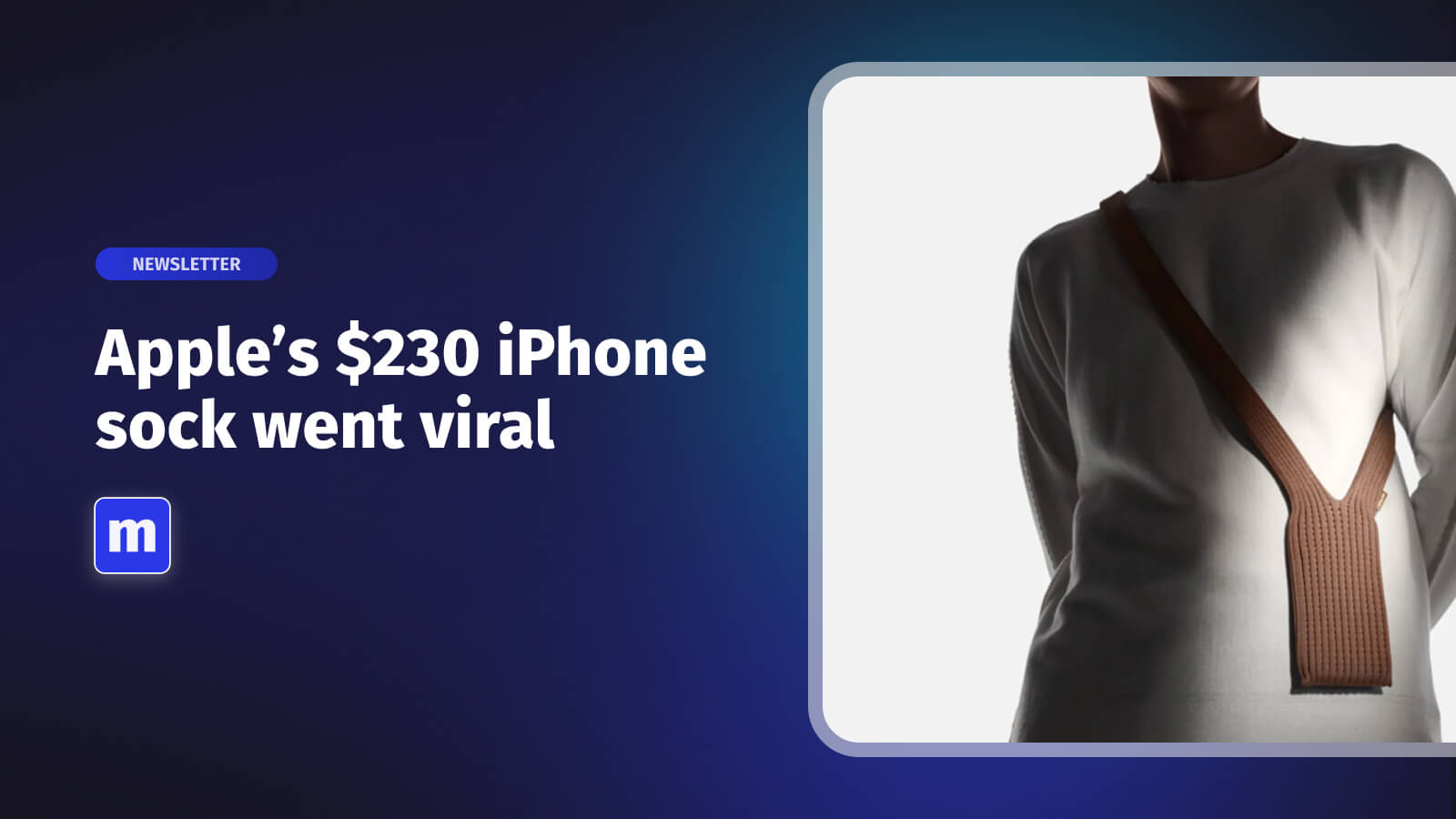.jpg)
Word of mouth marketing has long been recognized as a potent force driving the success of brands. In the context of e-commerce, it refers to the organic and unpaid promotion of a brand or its products through positive recommendations and referrals from satisfied customers. This informal, conversational form of marketing carries immense weight in the digital era, where consumers trust the opinions of their peers more than ever. We’ve spoken extensively about how messy the online shopping experience has become. Shoppers are down right overwhelmed, placing even greater emphasis on word of mouth marketing to capture sales. As we delve into the world of word of mouth marketing for e-commerce brands, it's fascinating to observe how it has evolved over the years, adapting to changing technologies and consumer behaviors.
The evolution of word-of-mouth marketing
Word of mouth marketing has transitioned from traditional offline conversations to the digital realm, with social media platforms and online reviews taking center stage. The rise of social media and the proliferation of online communities have transformed how brands engage with their customers and how customers share their experiences.
In the pre-digital era, word of mouth marketing relied heavily on face-to-face interactions, where customers would recommend products or services to friends, family, and colleagues. These recommendations were limited in reach and often confined to small social circles. However, with the advent of the internet, word of mouth took on a new form, extending its reach to a global scale.
.jpeg)
The internet paved the way for online reviews, forums, and social media platforms, where individuals could easily share their opinions and experiences with a vast audience. Suddenly, a positive or negative recommendation could go viral, significantly impacting a brand's reputation and success. E-commerce brands quickly recognized the potential of word of mouth marketing in the digital space and began actively cultivating and leveraging customer advocacy.
Today, word of mouth marketing for e-commerce brands has become more nuanced and multifaceted. It encompasses not only direct recommendations but also influencer marketing, user-generated content, and customer testimonials. Brands are actively seeking ways to encourage and amplify positive word of mouth, capitalizing on the power of social proof to drive customer acquisition, loyalty, and ultimately, revenue.
The role of trust and authenticity in word-of-mouth marketing
There’s a downside to the ease of distribution of word of mouth marketing. A crucial aspect that remains constant is trust. Consumers have grown skeptical of traditional advertising and are more likely to trust the recommendations and experiences of their peers. According to a survey by Nielsen, 92% of consumers trust recommendations from friends and family over any other form of advertising. This shift in consumer behavior has compelled e-commerce brands to prioritize building trust and fostering authentic connections with their customers.
Simply having a bunch of people with a bunch of followers online share your product is no longer enough. Influencer marketing, while initially a promising avenue for word of mouth advertising, is reeling from these challenges. With the rapid growth of sponsored content and product endorsements, consumers are often bombarded with product placements without clear disclosures. This blurring of the line between genuine recommendations and paid promotions has led to a skepticism among consumers, making it harder for them to discern authentic reviews from disguised advertisements. As a result, the credibility of word of mouth marketing has been compromised, highlighting the importance of transparency and authenticity in maintaining consumer trust
.jpeg)
How e-commerce brands can generate word-of-mouth marketing from customers
Nailing a strategy that promotes word of mouth exposure of your products can have the biggest impact on overall sales.
- Start with the customer experience: Delivering exceptional customer experiences is the foundation for building brand advocates. Provide outstanding customer service, respond promptly to inquiries and concerns, and go above and beyond to exceed expectations. By consistently delighting customers, you create positive brand associations and increase the likelihood of them recommending your brand to others. For example, Zappos (acquired by Amazon), the online shoe retailer, is renowned for its customer service and has built a strong reputation through word of mouth referrals.
- Encourage User-Generated Content: Actively encourage your customers to create and share user-generated content (UGC) related to your brand. This can include reviews, testimonials, social media posts, and photos featuring your products. Offer incentives such as discounts, giveaways, or the opportunity to be featured on your brand's social media channels. For instance, clothing brand Free People often encourages customers to share their outfit photos on social media using specific hashtags, showcasing real people wearing their products and inspiring others to do the same. We put together an entire playbook on how to acquire UGC from customers.
- Implement Referral Programs: Create a structured referral program that rewards both the advocate and the new customer they refer. Offer incentives such as discounts, exclusive access to products or services, or loyalty points for successful referrals. Dropbox, a cloud storage platform, famously implemented a referral program where existing users received additional free storage space for each successful referral, leading to significant user growth.
- Cultivate Brand Communities: Foster a sense of community around your brand by creating platforms or spaces where customers can connect, engage, and share their experiences. This can be in the form of online forums, social media groups, or dedicated customer communities. Nike has successfully built a thriving community through its Nike Run Club and Nike Training Club apps, where users can connect, track their workouts, and share their progress with like-minded individuals. Oru Kayaks launched their Oru Explorers Program where kayakers can connect with other kayakers in their communities and meetup for paddle sessions.
- Personalize the Customer Experience: Tailor your communication and recommendations based on individual customer preferences and behaviors. Leverage data and analytics to understand customer preferences, purchase history, and browsing patterns. Use this information to provide personalized recommendations and targeted offers. Amazon's personalized product recommendations and "Customers who bought this also bought" sections are prime examples of leveraging personalization to drive word of mouth marketing.
By implementing these best practices, brands can foster a community of loyal customers who become enthusiastic advocates, driving word of mouth marketing and contributing to long-term business growth. Remember, authenticity, exceptional customer experiences, and meaningful connections are key to turning customers into passionate brand advocates.
Several e-commerce brands have effectively harnessed the power of word of mouth marketing to propel their growth. For instance, Glossier, a popular beauty brand, owes much of its success to its loyal customer base. By actively engaging with their customers through social media and incorporating their feedback into product development, Glossier has cultivated a community of brand advocates who eagerly share their positive experiences with others.
.jpeg)
Integrating San Diego Internet Marketing for Local Impact
For e-commerce brands looking to build word of mouth marketing at a local level, San Diego internet marketing provides an effective platform for expanding visibility within the community. By combining online marketing strategies with local community engagement, businesses in San Diego can capitalize on local word of mouth referrals and increase brand awareness. Tapping into local SEO, targeted online ads, and social media platforms tailored to the San Diego area can help brands establish credibility among local audiences, making it easier for satisfied customers to spread the word.
Take your word-of-mouth marketing to the next level
Moast is a platform that touches on many of these best practices for driving word of mouth marketing from existing customers. By offering a personalized experience, fostering community, showcasing authenticity, and providing the ability to have conversations with customers, Moast is the “digital word of mouth” engine for online brands.
Here’s how it works: Moast allows brands to connect shoppers with existing customers in their communities. Shoppers browse an interactive map and see customer stories - text and pictures of customers showcasing how they are using the product. Shoppers can send a message and schedule meetups with these customers if they wish. These powerful profiles drive authentic social proof for a brand’s products, helping turn undecided shoppers into confident customers.
Related content
Turn your social content into a revenue channel
Turn your TikToks and Reels into shoppable videos and boost conversions by 3.5x.













